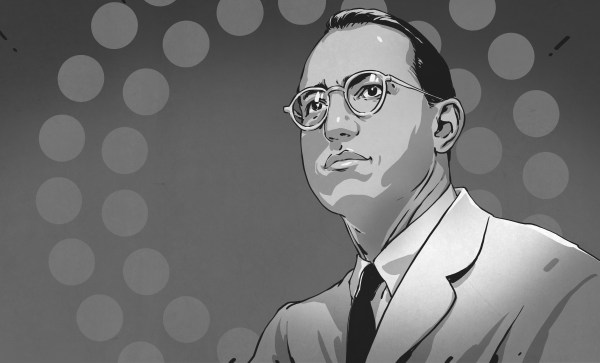In the early 1950s, the only thing scarier than the threat of nuclear war was the annual return of polio — an easily-spread, incurable disease that causes nerve damage, paralysis, and sometimes death. At the first sign of an outbreak, public hot spots like theaters and swimming pools would close up immediately.
One of the worst polio epidemics in the United States struck in 1952, a few years into the postwar baby boom. Polio is more likely to infect children than adults, so the race to create a vaccine reached a fever pitch.
Most researchers were looking into live-virus vaccines, which had worked nicely for smallpox and rabies and become the standard approach. But Jonas Salk, a medical researcher and budding virologist, was keen on the idea of safer, killed-virus vaccines. He believed the same principle would work for polio, and he was right. Within a few years of developing his vaccine, the number of polio cases in the United States dropped from ~29,000 in 1955 to less than 6,000 in 1957. By 1979, polio had been eradicated in the US.
Jonas Salk is one of science’s folk heroes. The polio vaccine was actually his sophomore effort — he and Thomas Francis developed the first influenza vaccine in the 1940s. And he didn’t stop with polio, either. Toward the end of his life, Salk was working on an AIDS vaccine.
Continue reading “Jonas Salk, Virologist And Vaccination Vanguard”














